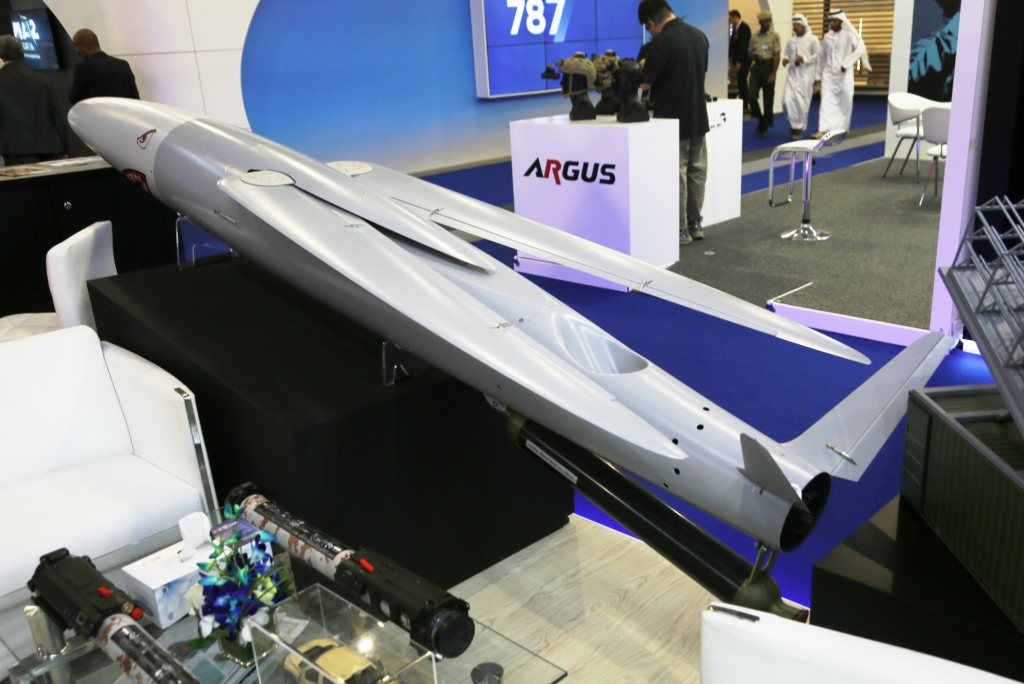General Kenneth Wilsbach: New Leadership in the U.S. Air Force
Assumption of Command
On November 18, 2025, General Kenneth Wilsbach officially took command as the 24th Chief of Staff of the United States Air Force during a ceremony held at Joint Base Andrews, Maryland. The event, presided over by Secretary of the Air Force Troy Meink, was attended by significant military and political figures, including Chairman of the Joint Chiefs, General Dan Caine.
Vision for the Air Force
In his inaugural address, General Wilsbach reaffirmed the U.S. Air Force’s status as “the strongest, most capable, and lethal force in the world.” He emphasized his commitment to preserving air superiority and fostering a culture defined by a “fly, fix, fight” approach within the service. This operational mentality aims to streamline processes and enhance the responsiveness of air operations.
Impressive Flight Experience
General Wilsbach brings a wealth of experience to his new role, amassing over 6,200 flight hours as a command pilot. His extensive experience encompasses a diverse range of aircraft, including the F-15C, F-16C, MC-12, and F-22A. Notably, he has participated in significant military operations, having conducted 71 combat missions during his tenure in Operations Northern Watch, Southern Watch, and Enduring Freedom. These operations highlight his extensive involvement in maintaining no-fly zones and addressing global terrorism challenges.
Leadership Transition
Before his recent appointment, General Wilsbach led Air Combat Command and was preparing for retirement after almost four decades of distinguished service. His ascent to Chief of Staff was catalyzed by the unexpected announcement of the early retirement of his predecessor, General David Allvin. General Allvin, confirmed in November 2023, would typically have concluded a complete four-year term, extending to 2027.
Although the specific reasons behind General Allvin’s early departure remain undisclosed, the leadership dynamics within the Pentagon have been notably tense. Secretary of Defense Pete Hegseth’s approach, particularly his emphasis on a so-called “anti-woke” strategy aimed at rejuvenating traditional military values, has sparked controversy. This shift echoes broader trends in military policy and civilian-military relations that require close examination.
Key Dynamics in Military Leadership:
- Appointment Timing: General Wilsbach’s timing in assuming command is critical, given the ongoing shifts in military policy and regional dynamics.
- Legacy Considerations: The early departure of General Allvin and the dismissal of General CQ Brown, Allvin’s predecessor, highlight the evolving nature of leadership in the military and its alignment with the current administration’s priorities.
Future Challenges and Opportunities
As General Wilsbach steps into his new role, he faces a rapidly evolving security landscape that includes not only traditional military threats but also emergent challenges such as cyber warfare and geopolitical tensions in various theaters. His leadership will be instrumental in ensuring that the Air Force not only maintains its technological edge but also integrates innovative strategies that reflect contemporary operational demands.
With the increasing complexity of modern warfare, General Wilsbach’s commitment to operational efficacy will be crucial. The new Chief of Staff will need to inspire and equip Air Force personnel to meet and surpass challenges, both in the air and in the increasingly interconnected global scenario.
Conclusion
General Wilsbach’s tenure as Chief of Staff promises to reshape the strategic approach of the U.S. Air Force, reinforcing its pivotal role in national security. His leadership will likely define the effectiveness and adaptability of airpower in the coming years, a factor that remains critical in a time of rapid global change and evolving threats.





